Maximum Performance - Minimum Waste: How to increase efficiency in a business
Sadly, efficiency and effectiveness in business have come to mean large investment in technology, software applications and performance management methodologies.
Seems ironic to me.
I’m not saying they aren’t part of the solution, but the answer was certain to be way upstream of that.
One way of putting it is adding technology and tools to the wrong requirement guarantees doubling down on solving the wrong problem really well.
Far better to establish the right route to efficiency by getting a precise definition of efficiency and then add automation and technology to that if it helps.
Every business would agree that they operate most efficiently to maximise potential and improve performance.
Efficiency is measured in numerous ways all improving the return on investment. For example, the reduction of waste and duplication in workflows and processes, intelligent use of energy and resources, and better productivity management through increased reward and motivation.
Our own approach to efficiency incorporates all these dynamics. Structured Visual Thinking™ is all about being efficient. That means rapid engagement and a fast path to understanding what matters. It also means clarifying where waste and duplication are (visually) and ensuring that the stakeholders are fully sighted and confident about what needs to be implemented.
Using visualisation, collaboration techniques and logic, the method successfully solves complex business challenges - creating long-term, measurable value.
Below are the three efficiency strategies incorporated into Structured Visual Thinking™ that have been proven to be highly successful when implementing efficiency.
How to increase efficiency in business: 5 proven ways
1. Applied Logic
Logic and logical thinking are structured. When applied faithfully, it establishes common rules across the team and ensures that everyone looks at the challenge dispassionately, methodically and with rigour.
It's a scientific approach - it’s Socratic.
The result is coherent and understood by those involved. This makes it a great way to get traction amongst teams from different perspectives in business and departments.
When it comes to increasing efficiency in a business, ‘logic’ helps leadership teams and decision-makers debate the options and arrive at common solutions without acting solely on emotions.
Through facilitation and conversational reasoning skills, logical thinking can objectively address and analyse any problem using available information within a contextual framework.
Logical thinkers examine situations and feedback, push aside any biases, and ultimately justify conclusions with the facts they have gathered within a coherent frame of reference.
As a practical process that can be tracked and measured, logical thinking has the benefit of ownership and, therefore, the confidence of those who co-created it.
The abstract is made real. The real is made understandable.
Logical thinking strategies for the business will include conducting market research, developing co-created strategies based on validated information in the business context, gathering by including and analysing employee feedback, and reaching out to remote teams - all the while developing a plan of action.
On an individual level, logic improves communication by building valid arguments demonstrable through evidence.
2. Thinking Visually
Thinking visually allows teams to see ideas and concepts come to life literally. The technique uses the emergence of imagery to help employees explore, explain and process new information and ideas.
Incorporating visual thinking into business workflows is a high-value way to add creativity to meetings, brainstorms and planning processes. It makes for an engaging team activity. It’s also a proven solution to establishing clarity - visualising specific goals and symbolizing how your organisation's future is shaped for success.
A valuable attribute of visual thinking is its effectiveness in both surfacing (through the critical debate) and then communicating complex ideas - and simultaneously involving all team members- that generate ownership in their delivery.
Visual thinking is used to map out a new process or improve an existing one. Everything operates systematically and visuals are the most powerful way of describing them. The method is the easiest way of designing and agreeing on them, collecting feedback from those not directly involved and streamlining the operation to achieve the desired outcomes.
3. Team Collaboration
All businesses are collaborations. The challenge is making the collaborations meaningful, sustainable and in pursuit of the agreed goals of the business, whether the aim is efficiency or growth, change or whatever.
Collaboration is only possible through enlightened leadership and maturity. Allowing empowered teams the time and support to collaborate productively. Amazing outcomes can be achieved when different minds are aligned on common ambitions and collectively work towards a common goal.
By building a sense of community in the workplace and increasing communication and creativity, workplaces set the stage for creating ideas and accelerating value.



